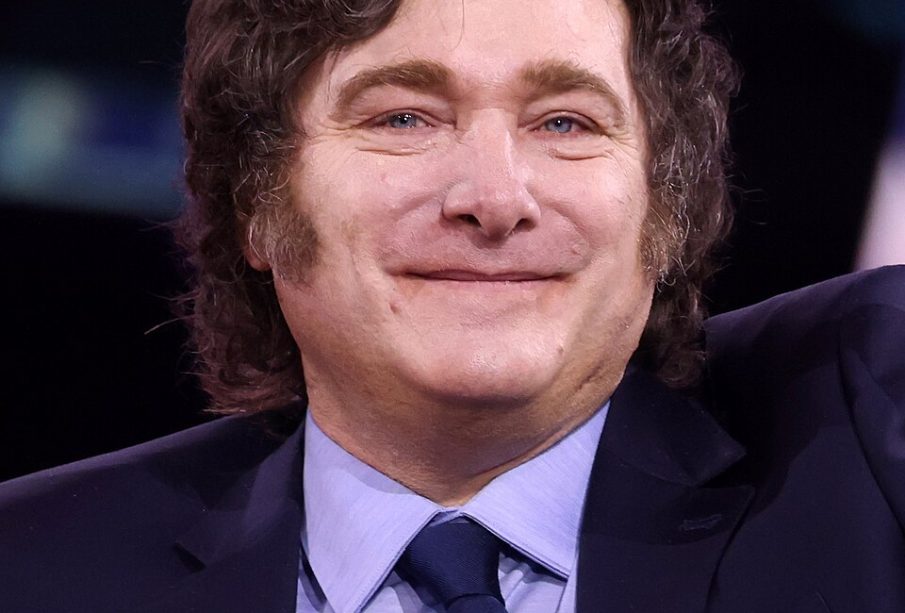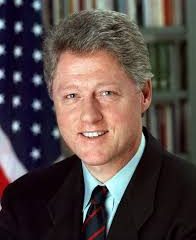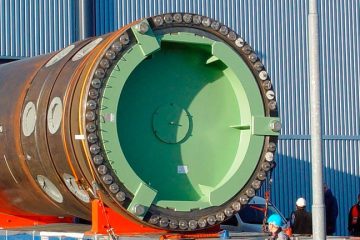The Presidents of Argentina: Their Impact and Legacy

Introduction
The presidency in Argentina has been a significant force shaping both the nation’s politics and its social landscape. As the third-largest economy in South America, Argentina’s leadership has changed hands numerous times, reflecting the dynamic nature of its societal issues, economic challenges, and political turmoil. Understanding the history of Argentina’s presidents is essential for anyone interested in the nation’s past and its evolution into a modern state.
A Brief History of the Presidency
The role of the president in Argentina was established in the early 19th century, with the first president, Bernardino Rivadavia, serving from 1826 to 1827. Since then, the country has experienced a series of notable leaders who have had both positive and negative impacts on the nation.
Key Presidents and Their Contributions
Throughout its history, Argentina has seen influential presidents such as Juan Domingo Perón, who served multiple terms in the mid-20th century and is credited with establishing a welfare state and strengthening workers’ rights through his policies.
Another significant figure was Arturo Frondizi, who led from 1958 to 1962 and was known for promoting industrial growth. However, his tenure ended abruptly with a military coup.
As we moved into the latter part of the 20th century, presidents such as Raúl Alfonsín, who took office post-dictatorship in 1983, were pivotal for transitioning the nation towards democracy. He faced numerous challenges, including hyperinflation and political unrest.
More recent presidents, including Néstor Kirchner and his wife, Cristina Fernández de Kirchner, who served as president from 2007 to 2015, marked a resurgence of Peronist policies and faced varying degrees of economic challenges.
Current Leadership and Future Outlook
As of 2023, the current president, Javier Milei, has taken office amid a backdrop of economic strife and public discontent with traditional political structures. His administration’s focus on radical economic reforms and liberal policies aims to address the critical inflation rates and public debt issue faced by the nation.
Conclusion
The history of the presidents of Argentina encapsulates a political narrative filled with struggle, reform, and adaptation. As the nation navigates through ongoing economic challenges, the legacy of past leaders continues to influence the present-day political climate. Understanding these figures enables citizens and observers alike to grasp the complexities of modern Argentine governance and its potential future trajectory.








